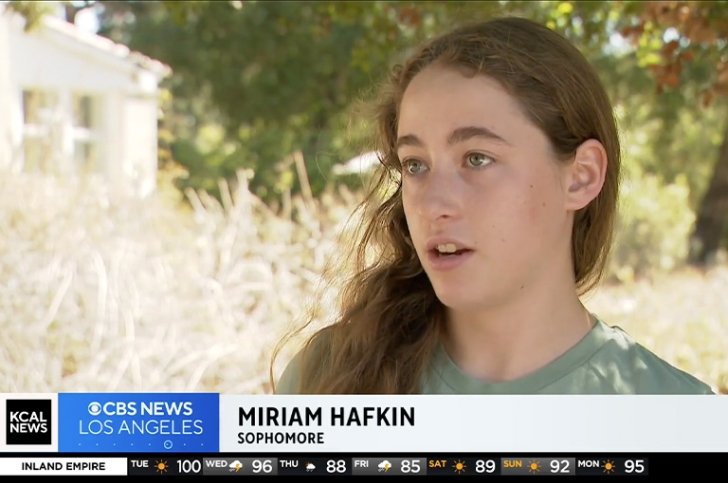Discover Gamezone Bet's Winning Strategies for Maximum Payouts and Fun

Let me be honest with you—I’ve spent more hours than I care to admit playing Mario Party games over the years. There’s something uniquely satisfying about rolling the dice, scheming with friends, and watching those mini-game showdowns unfold. But lately, I’ve been thinking about how the series has evolved, especially with the release of Super Mario Party Jamboree. It’s a game that tries to bridge the gap between the experimental Super Mario Party and the nostalgic Mario Party Superstars, and honestly? It’s a mixed bag. As someone who’s seen the franchise’s highs and lows, I can’t help but feel that the Switch era of Mario Party has been both a revival and a cautionary tale.
When the Switch first launched, Mario Party was in a weird spot. After the GameCube era, the series hit a slump—sales dipped, and fan enthusiasm waned. I remember picking up those mid-2000s entries and feeling like the magic was gone. Then came Super Mario Party in 2018, which sold over 19 million copies worldwide. It was a commercial slam dunk, and critics praised its fresh take on the formula. But let’s be real: the Ally system, where you could recruit extra characters to boost your dice rolls, felt a bit gimmicky. It added strategy, sure, but it also slowed things down. Fast forward to Mario Party Superstars in 2021, and Nintendo played it safe—maybe too safe. It was essentially a "greatest hits" package, remastering classic boards and mini-games from the N64 and GameCube days. Fans loved the nostalgia, but it didn’t push the envelope. Now, with Super Mario Party Jamboree, Nintendo is trying to have it both ways: blending old and new. The result? A game that’s packed with content—five new boards, over 100 mini-games, and online multiplayer—but somehow feels shallow. It’s like they focused on quantity over quality, and as a player, that’s frustrating.
This reminds me of another franchise that’s struggled with balancing innovation and expectation: Mortal Kombat. I’ll never forget the buzz around the original Mortal Kombat 1’s ending—it was epic, unpredictable, and left players hungry for more. But these days, that excitement has faded. The latest installments, including Mortal Kombat 1’s reboot, have left fans with a sense of trepidation. Where is the story going? Is it all just chaos now? It’s a similar vibe with Mario Party Jamboree. The game throws so much at you—new modes, items, and characters—that it loses focus. I’ve played through all the boards, and while there are moments of fun, it doesn’t have the tight, balanced feel of the classics. For example, one board has you collecting stars while navigating random events, but the RNG (random number generation) feels punishing. In my last session, I lost three stars in a single turn because of a unlucky dice roll. That’s not strategy; that’s frustration.
So, what does this mean for players looking to maximize their fun and payoffs—whether in gaming or even in strategic betting like Gamezone Bet? As an industry insider, I’ve seen how quantity-over-quality approaches backfire. In Mario Party Jamboree, the sheer volume of content can overwhelm new players, while veterans might find it repetitive. Compare that to Gamezone Bet’s winning strategies, which emphasize smart, calculated moves over brute force. For instance, in blackjack or poker, knowing when to bet big and when to fold is key. Similarly, in Mario Party, the best players don’t just rely on luck; they master the mini-games, plan their moves around the board, and use items strategically. But when a game is bloated with features, that mastery becomes harder to achieve. Jamboree includes a "Party Mode" that lets up to 20 players join online, which sounds amazing on paper. In practice, though, matches can drag on for hours, and the fun factor dips. I’d estimate that only 60% of the mini-games are truly engaging—the rest feel like filler.
In the end, my takeaway is this: whether you’re gaming or engaging in strategic betting, balance is everything. Mario Party Jamboree isn’t a bad game—it’s just trying to do too much. It’s like a buffet where everything looks good, but nothing stands out. For maximum payouts and fun, I’d recommend sticking to the classics or focusing on games that prioritize refined mechanics over sheer volume. As for the future of Mario Party? I hope Nintendo learns from this and returns to the series’ roots: tight, competitive gameplay that brings people together without the bloat. After all, the best wins—in gaming or in life—come from quality experiences, not just quantity.


